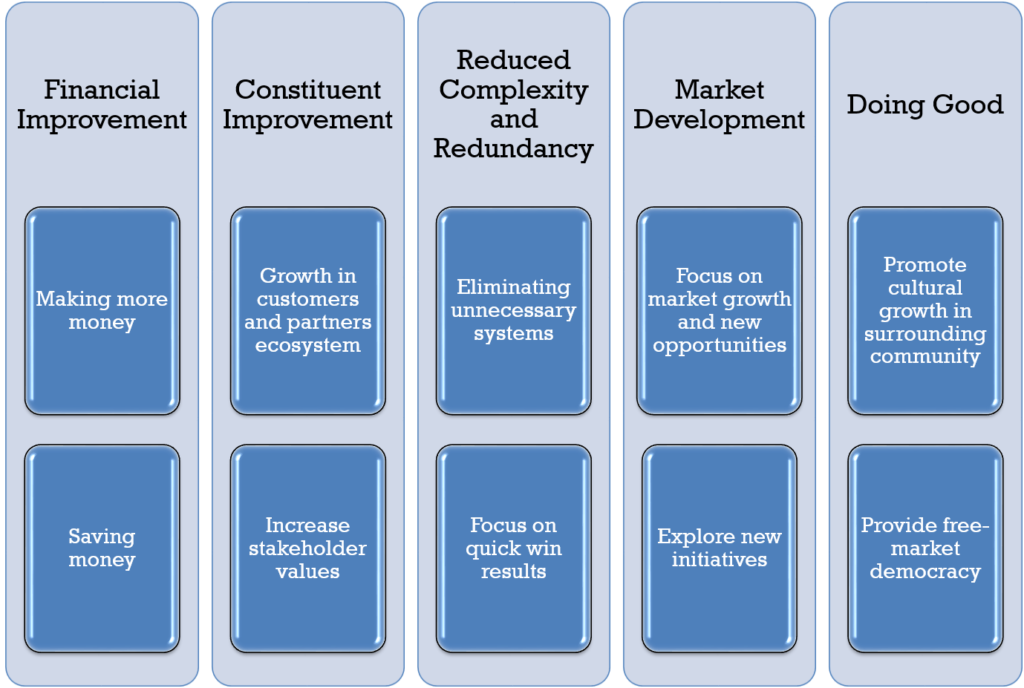The Value of Architecture
How do you describe value, and why do you describe value? As an architect, at times we feel as those our job is to ensure there is alignment between business need and an IT solution, and then to deliver a solution. The value of a solution should be obvious to everyone and really doesn’t matter because the project was funded, delivered successfully, and is operational.
A few fellows at Gartner recently published a book suggesting that most CIOs are not successful in their jobs. When they speak about IT to the other members of the C suite, they talk about uptime, data processed, and uptime, while the other members talk about their progress in terms of delivery against the year’s key objectives. The analogy used describes having a piece of exercise equipment. The CIO would describe the equipment based on availability and usage while the other members would talk about the impact on health, energy, and looks. The key point is that CIOs need to represent IT in business metric terms and business value delivered.
We, as architects are the ground troops for the CIO and are the ones that can capture data on the business value provided through IT. However, to do that we must learn how to describe the value provided. That sounds easy, but can be quite challenging.
The diagram shown is based on work done by D. Rico’ in 2006 and provides an approach for thinking about how to describe the business value of IT. The areas most architects think about for describing value are around enabling new capability which helps a business make more money, or in rationalization projects that help with reducing the cost of existing IT. However, if we use the pillars listed above as a framework to consider different ways we can provide value, we can provide justification for projects that add value in other ways to the organization.
As we improve our skills at describing value in order to get projects funded, we can provide measurement tooling so the operations team can capture evidence based on metrics we describe and can capture additional evidence over time. Once we do that, we will provide the CIO the information they need to provide evidence of business impact delivered through IT. Through effort, over time we can shift attitudes about architecture and become involved in projects earlier in the lifecycle where we can have greater impact.








